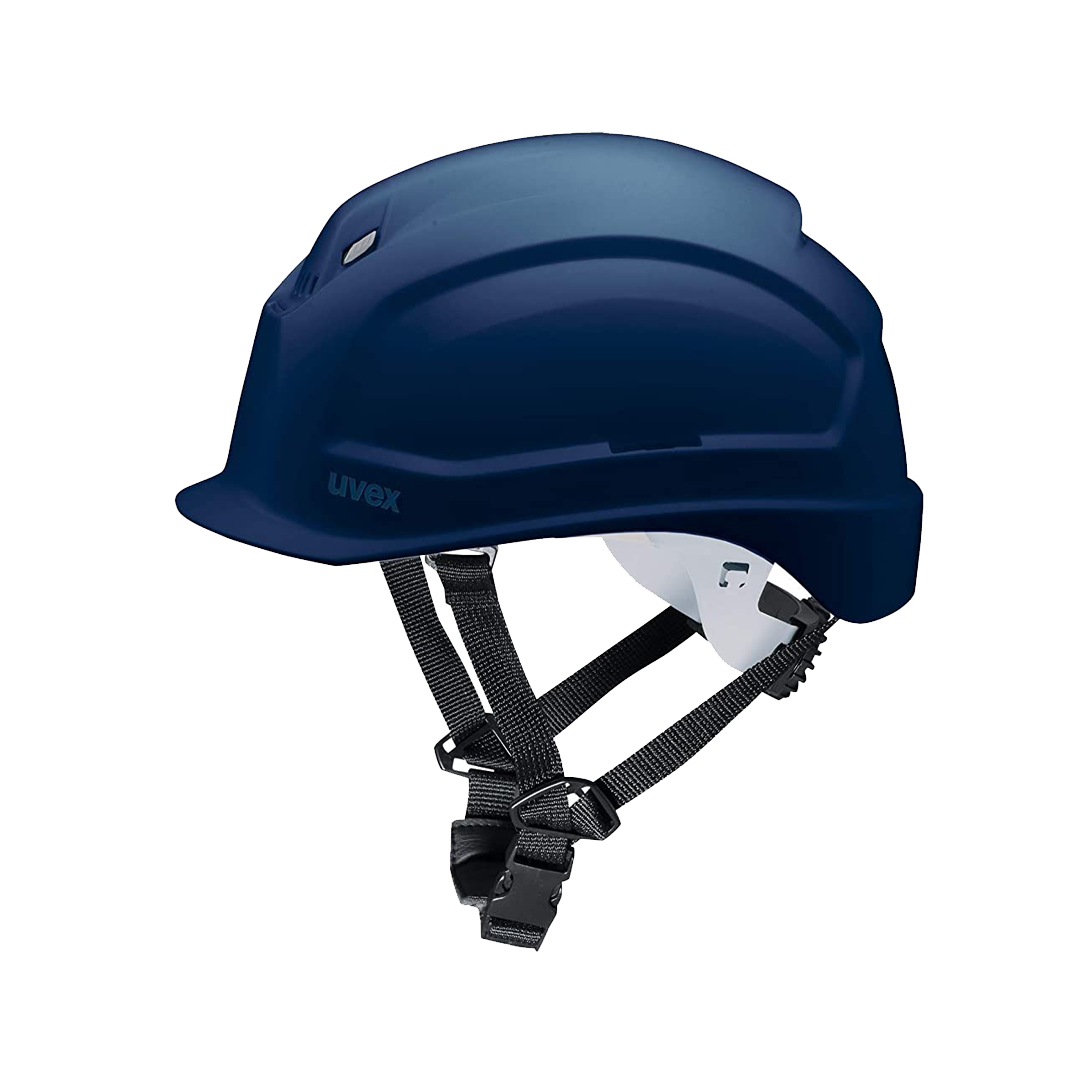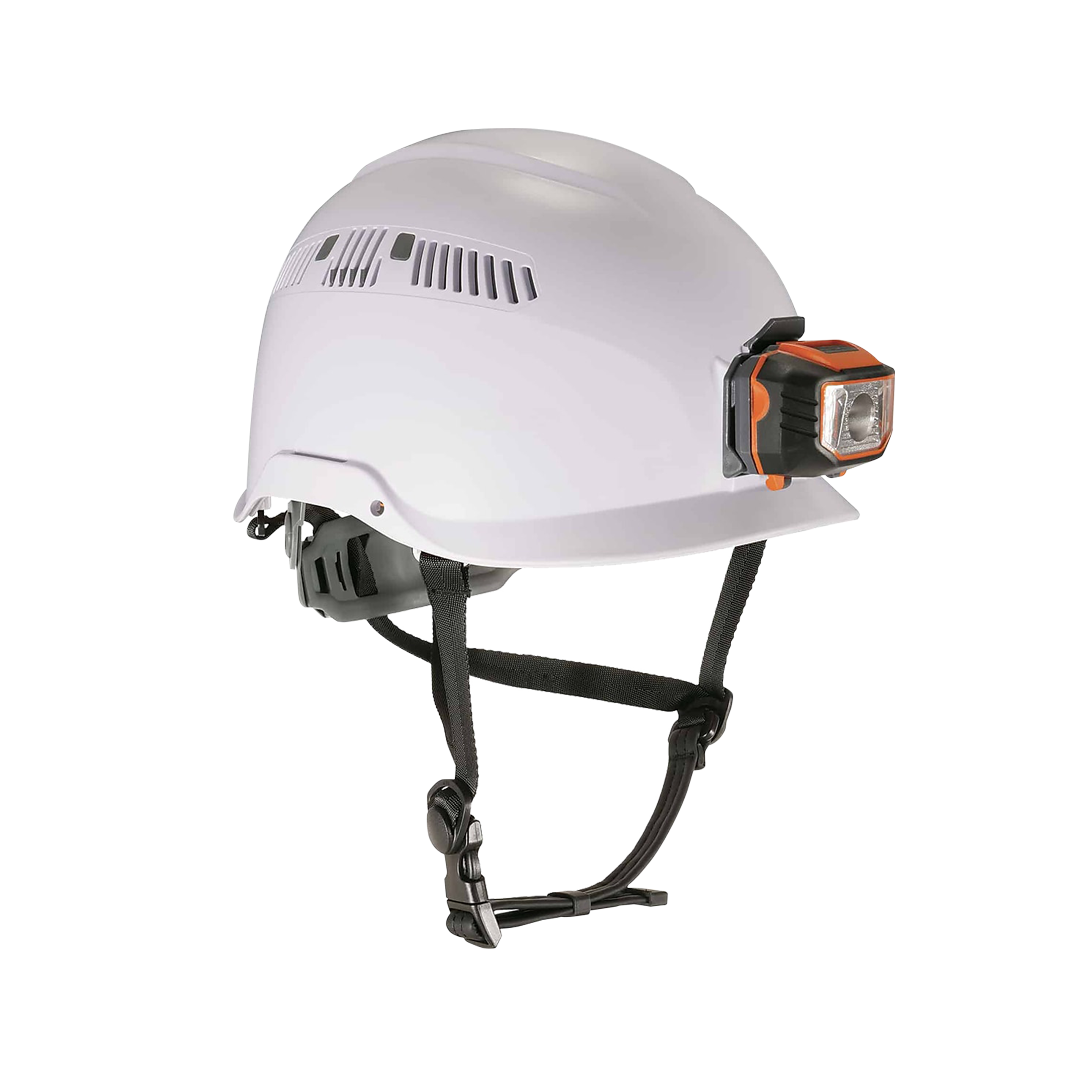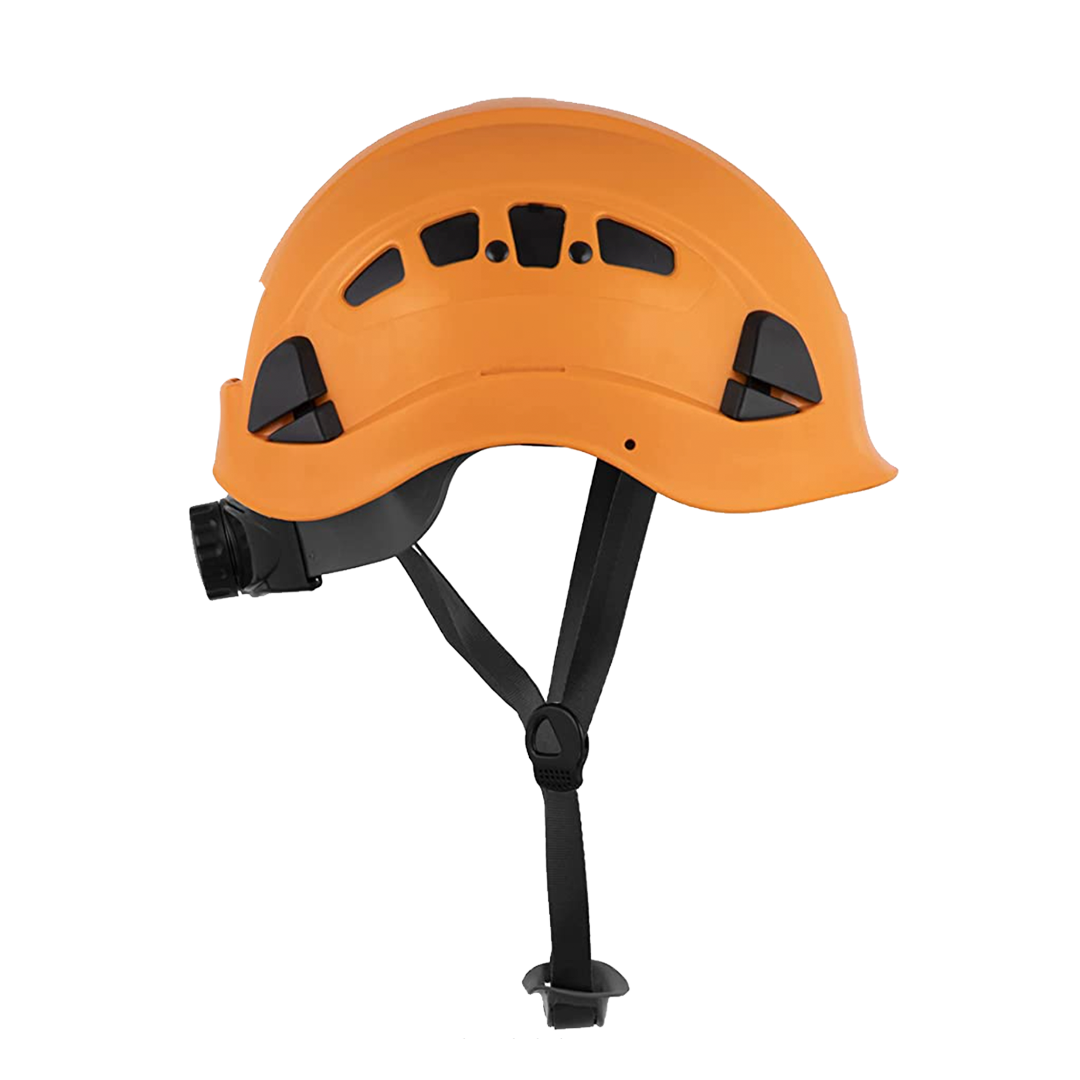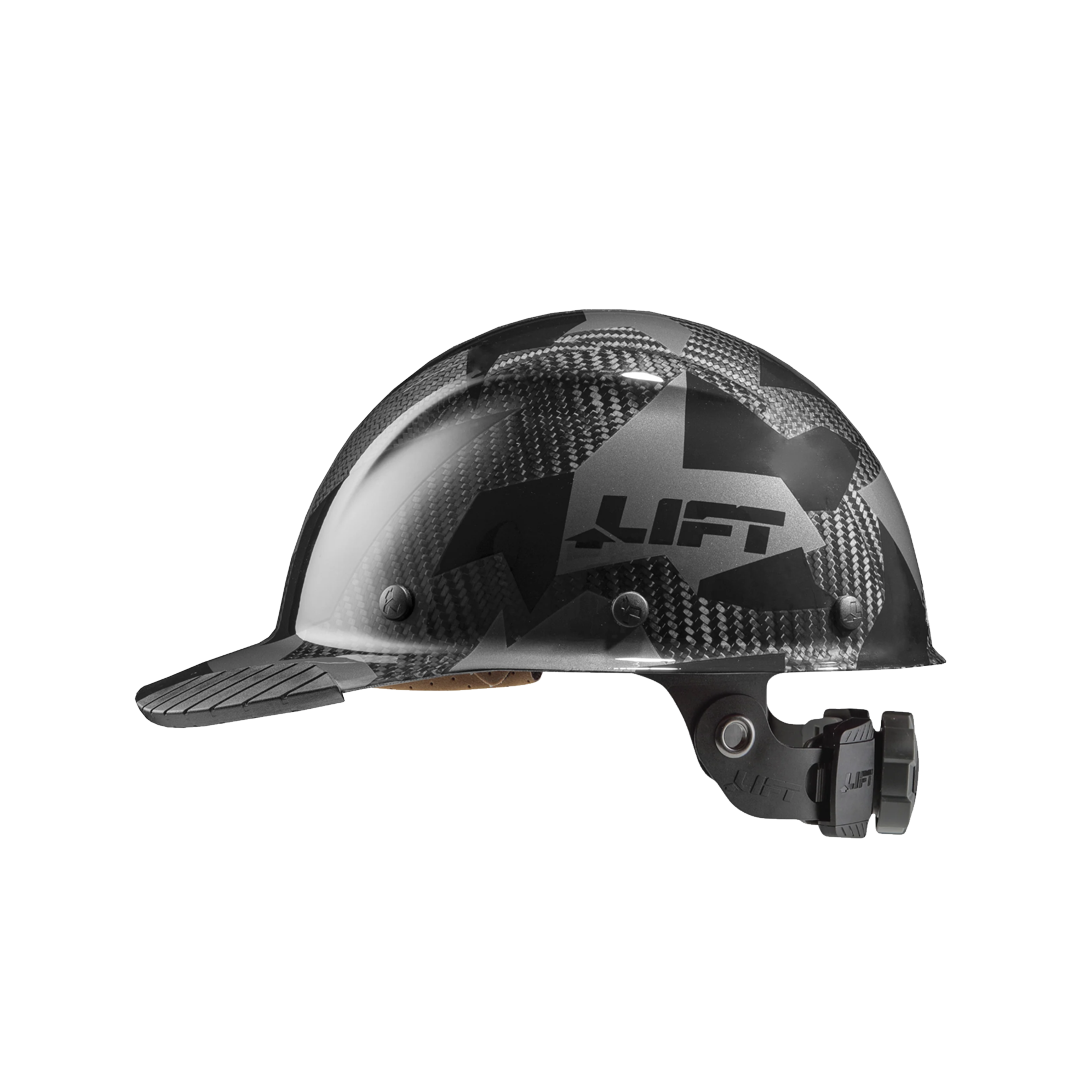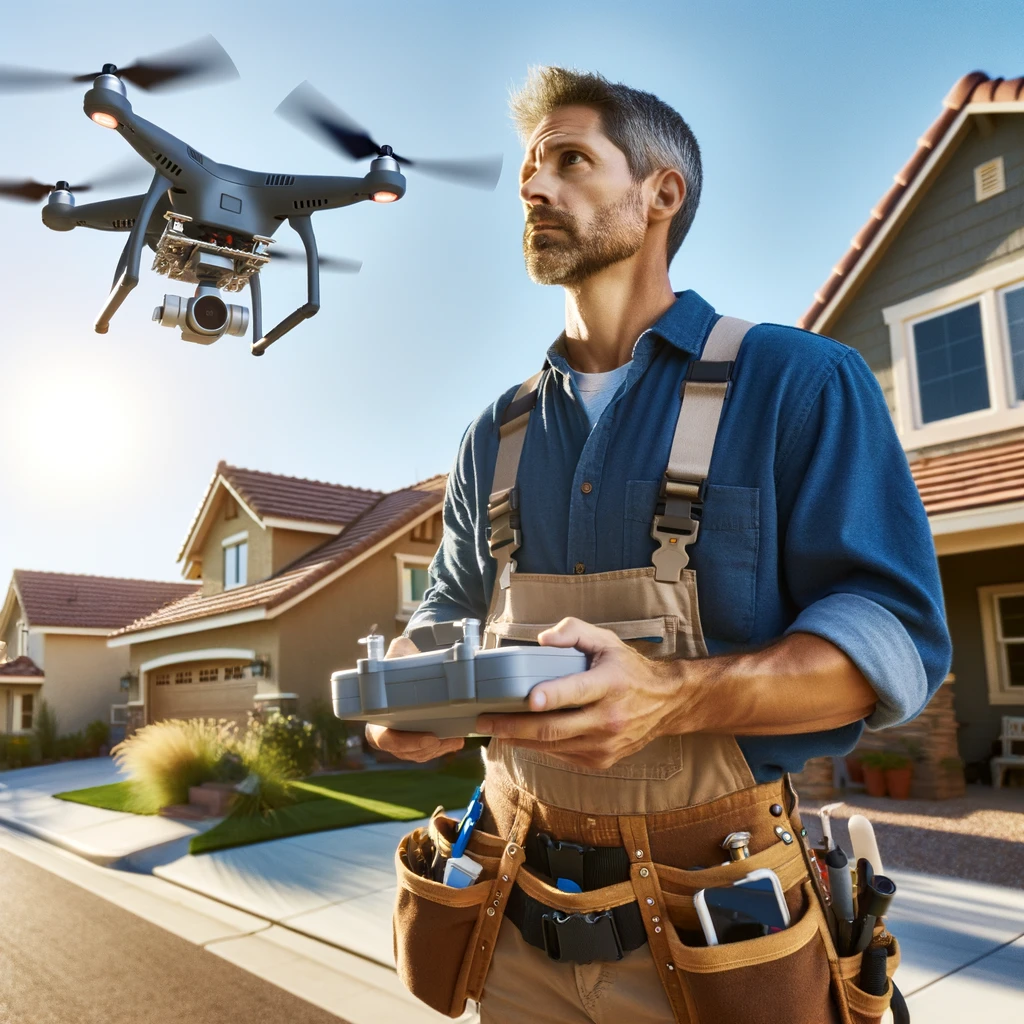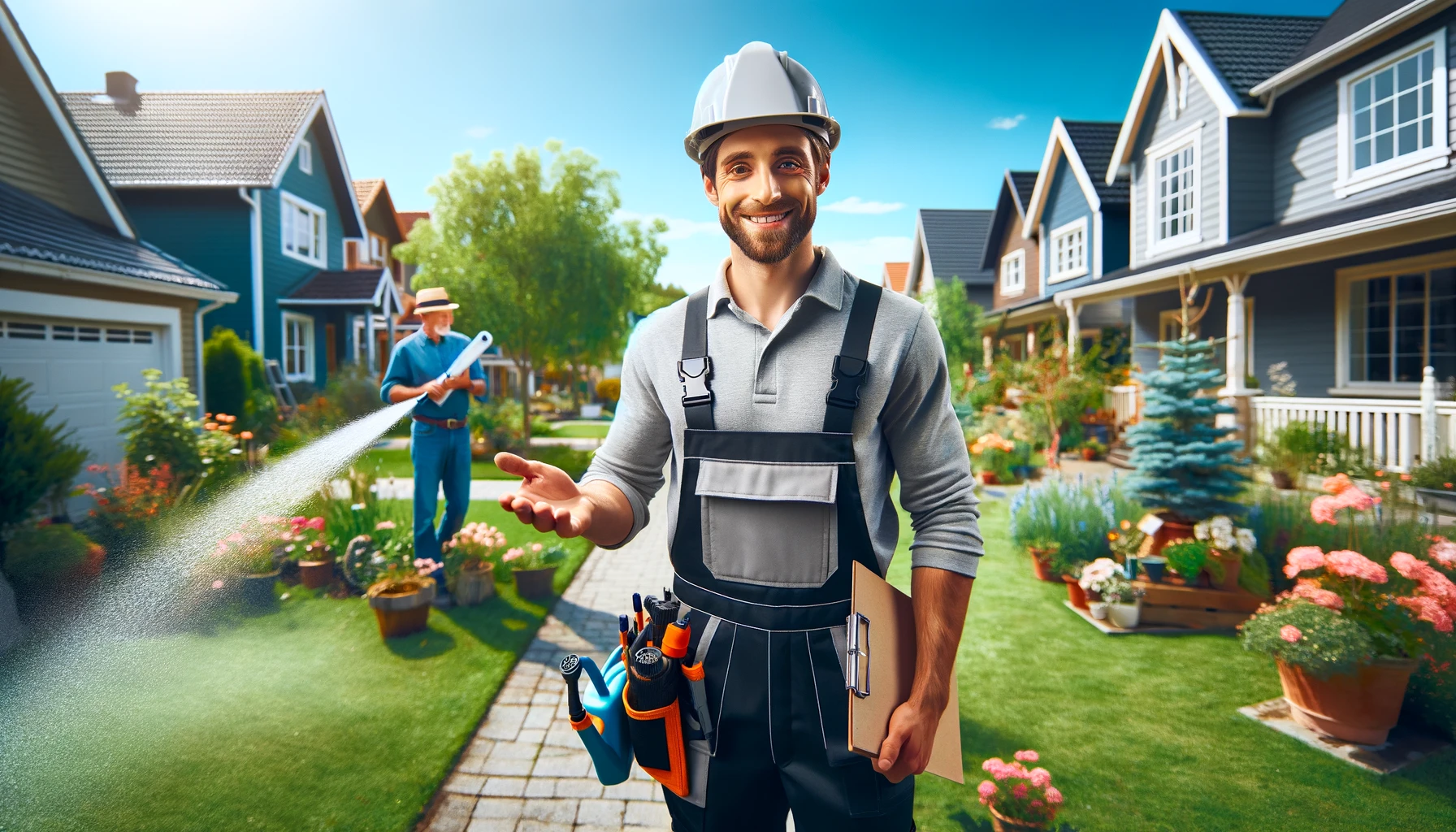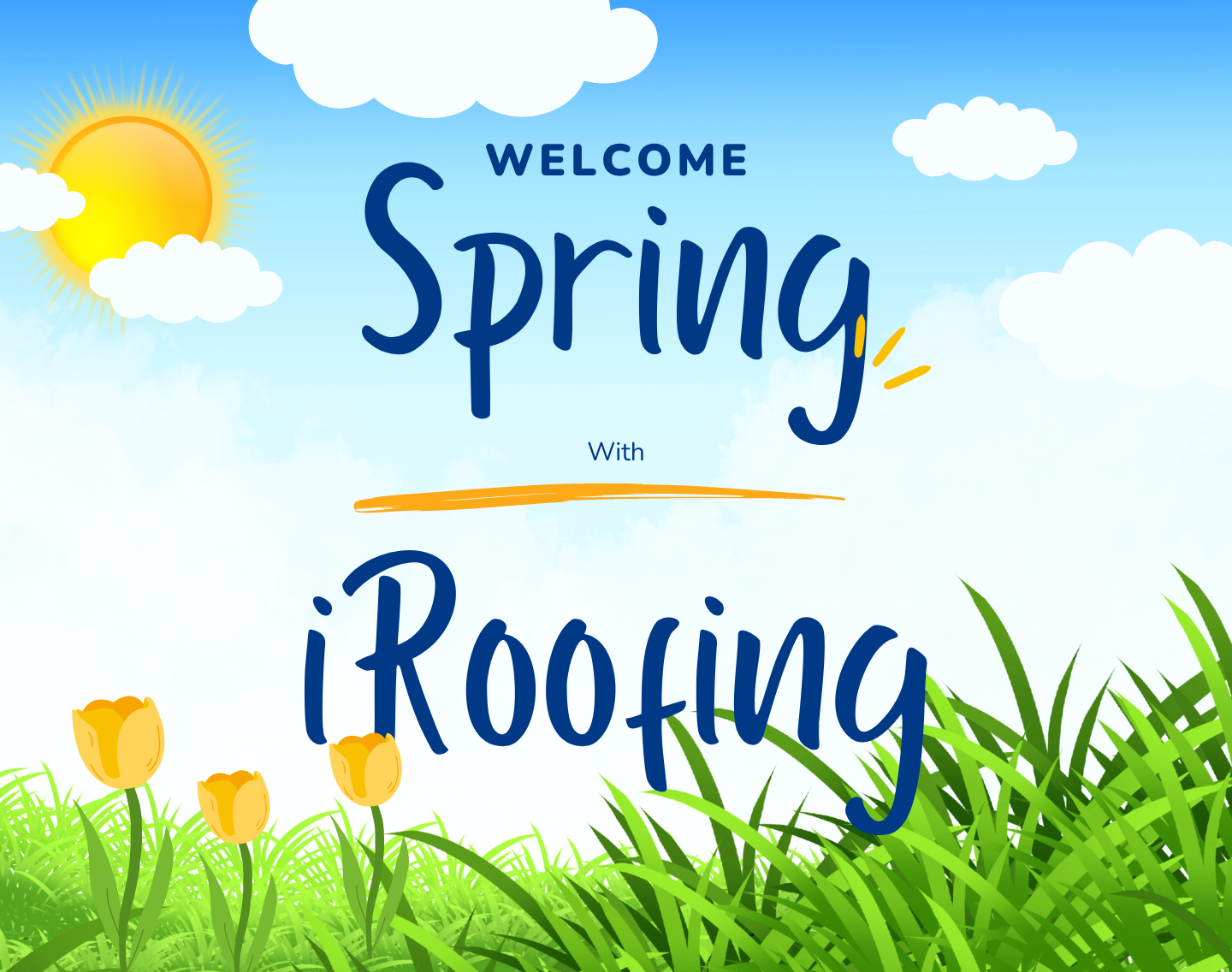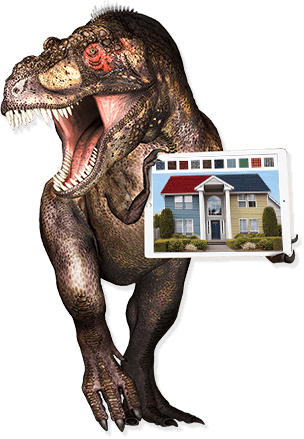Roofing is an incredible career, but it requires vigilance and using the proper equipment when it comes to roofer safety. Part of staying protected while you’re working is wearing a durable roofer hat or helmet. This headwear is designed to protect you in the event of an accidental fall. Choosing the right helmets for roofers is essential to ensure you stay safe whenever you’re on the job. This guide offers some helpful tips and insight into the risks associated with roofing, how to choose the right roofing helmet, and why it’s so important.
The risks of roofing
Roofing involves working at impressive heights, which comes with a few inherent dangers. Whenever you’re high up on a ladder or on top of the roof itself, you run the risk of accidentally falling, especially if you don’t have the proper safety equipment. In many cases, there are also power lines overhead. Special helmets and hard hats for roofers are designed to protect you from exposure and possible injuries.
Roofing accidents are not uncommon. In fact, recent statistics show that roofing accounted for 2.2% of all fatal workplace injuries in 2020, and it’s one of the top three most dangerous jobs in the United States.
Some of the most common injuries sustained while roofing include:
- Broken legs and/or ankles
- Puncture wounds
- Traumatic brain injuries
- Spinal injuries and damage
- Repetitive motion injuries
- Accidental electrocutions
- Flash burns and contact burns from tar
- Weather-related injuries
While roofing is a risky job, it’s also quite a rewarding career. That’s why it’s important to understand the benefits of roofing helmets and other safety equipment to stay safe and protected when you’re on the job.
The benefits of wearing a roofing helmet
There are many benefits of wearing a roofing helmet, including:
- Roofing helmets are specially designed to protect roofers from electric injuries, serious head impacts from falling objects and penetration injuries.
- Wearing helmets may increase the chance of survival after a serious accident.
- Helmets provide much better visibility than hard hats, allowing roofers to see from different angles more clearly, especially when looking up.
- A quality helmet may provide sun protection and keep roofers cool to prevent heatstroke or heat-related fatigue.
- Roofing helmets with quality padding and proper ventilation and comfortable to wear in all types of weather.
The disadvantages of wearing a hard hat
While hard hats certainly have an important place in the construction industry, there are certain disadvantages to wearing this type of equipment:
- Hard hats tend to slip and slide around the head and could fall off entirely, leaving workers vulnerable.
- Unlike helmets, hard hats don’t protect the sides or back of the head.
- Most hard hats are heavy and bulky, making them uncomfortable to wear.
- The wider brim and larger size can impact a worker’s field of vision and potentially cause an accident.
Features of quality roofing helmets
If you’re looking for a roofing helmet, there are some key features to keep in mind. First, ensure the helmet is constructed of durable materials that can withstand high impacts from above and to both sides of the head. Next, choose a roofing helmet that includes a comfortable yet securely fitting strap to keep it in place while you work. Quality roofing helmets should also protect you from the elements and possible electrical shock.
Key features of top-quality helmets
Here are some of the key features of the best and highest-quality helmets available:
- Chin straps: This strap fits around the chin and ensures the roofing helmet stays on and in place.
- Waterproof: The roofing helmet should be made of waterproof materials to keep your head dry.
- Durable construction: The helmet should be extremely durable and impact-resistant to ensure that the top and sides of your head are protected from injury.
- Padding: Look for comfortable roofing helmets with breathable interior padding to keep your head comfortable and cool.
- Adaptable: Top-quality roofing helmets should maintain their shape in both hot and cold weather without warping or fading.
Comparison of top-rated roofing helmets
Here are some of the top-rated roofing helmets and how they compare to help you choose the best option for your needs:
Studson SHK-1:
This vented safety helmet from Studson features a unique cellular design that protects the head from direct and angled impacts. It also has a replaceable helmet pad system and an RFID chip that stores vital medication information in case of an emergency. The slight rear brim provides rain deflection, and it also features a four-point chin strap with magnetic buckle closure. The vented design ensures breathability, while its lightweight construction is comfortable enough to wear all day.
Uvex Pheos S-KR:
The Uvek Pheos S-KR comes in several colors and features a secure fit with a wheel ratchet for easy width adjustment. This durable helmet resists hot molten metal splashes and features adapters on each side so you can attach earmuffs or add the Uvex Pheos visor system. It also has an extra slot on the front for a helmet light. The four-point chin strap holds the helmet securely on your head, and a short front brim gives you an excellent field of vision.
Ergodyne Skullerz 8975 MIPS:
This helmet has a special “elevate” safety system designed to increase head protection by reducing the effect of impacts. Made by Ergodyne, the Skullerz helmet has a suspension and shell design that’s fully compliant with side impact testing requirements. It includes a chin strap and a removable sweatband made of breathable, machine-washable materials. The integrated headlamp slots on the front and rear allow you to add the Skullerz Hard Hat LED light for better nighttime visibility.
Defender H1:
The Defender H1 safety helmet meets all OSHA and ANSI requirements, so it’s instantly job-site ready. This helmet offers a lightweight yet tough design featuring a unique blend of ABS plastic that’s light on your head but strong enough to protect against impact. A sliding vent provides better breathability, and each model includes a reflective decal for added visibility. An EPS liner adds additional protection, and the six-point suspension creates an even distribution of impact. It’s also compatible with visors, face shields, lamps, and earmuffs and features a chin cup to keep it securely in place.
Dax Carbon Fiber Full Brim:
Accented with a race-inspired design, this safety helmet has a six-point suspension system for maximum comfort and protection. The innovative synthetic leather comfort dome and an oversized ratcheting dial allow for easy adjustment and more comfort. This helmet from Dax is designed to provide superior protection in hot and dangerous work environments, including roofing. The shell has been thoroughly tested to radiant heat loads that produced temperatures up to – but not exceeding – 350 degrees.
How to choose the right roofing helmet
When you’re looking for the right roofing helmet, there are a few key factors to consider. First, make sure the helmet is comfortable to wear and includes an adjustable strap for a secure fit. Next, look for helmets made of materials that have been thoroughly tested and are fully OSHA and ANSI-compliant. Check for roofing helmets with comfortable padding and other special features, like sections that allow you to add accessories such as a shield, headlamps, earmuffs, and more.
Tips for selecting the perfect roofing helmet
Here are some tips to help you select the perfect roofing helmet for your needs.
- Make sure the helmet fits your head comfortably, and you can adjust the fit with a strap or other adjustable components.
- Choose a roofing helmet that’s extremely durable but lightweight enough to feel comfortable when you wear it.
- Roofers need to look up a lot, so make sure your helmet provides a clear field of vision from every angle.
- If you work near power lines, select a roofing helmet that’ll protect you not just against impacts but also from electrical shock.
- Read customer reviews and ask your fellow roofers for recommendations to help you decide which roofing helmet is best.
- Only choose helmets designed for use in construction sites and have been fully approved by OSHA.
- Roofers work outdoors, so make sure your new helmet has a shape and design that directs water away from your head and helps to keep the rain out of your eyes.
Choose helmets with removable padding made of machine-washable materials to keep the inside of your helmet clean and smelling fresh
The importance of wearing a roofing helmet
Roofing helmets are a vital part of any roofer’s safety plan. This gear can prevent a variety of injuries by protecting your head from impacts in case you fall or if an object hits your head from above or from the side. They may also protect you from possible electrical shock.
Helmets shield your head from the sun to keep you cooler while you work, reducing the odds of suffering from heatstroke or other heat-related issues. Not only do these helmets help to prevent or reduce the severity of various injuries, but they may also prevent unnecessary work-related deaths.
A wet, slippery roof can prove dangerous. Still, helmets are designed to protect roofers from serious head injuries if they happen to fall during a rainstorm or even during normal weather conditions. Roofers who work near or directly underneath power lines should wear a roofing helmet designed to prevent electric shock in case a power line were to come into contact with the head.
Debris can fly from any direction, especially during a storm or on windy days. Protective helmets can keep the sides, top, and back of the head protected from flying rocks, construction materials, and tree limbs. Helmets can also protect workers on the ground. If a roofer accidentally drops a tool, wearing a helmet can protect people below from the possibility of a strong and potentially fatal impact on the head.
Safety equipment in roofing is a vital part of protecting yourself from injury or death. By wearing the right helmet, you’re taking decisive action to keep yourself safe on the job. If you’re a professional roofer, it’s extremely important to prioritize your safety at all times. You can do this by choosing high-quality roofing helmets and other safety equipment that’s specially designed to protect you while you work. Consider using one of the top-rated roofing helmets in this guide and stay protected for a long, enjoyable, and safe roofing career.



